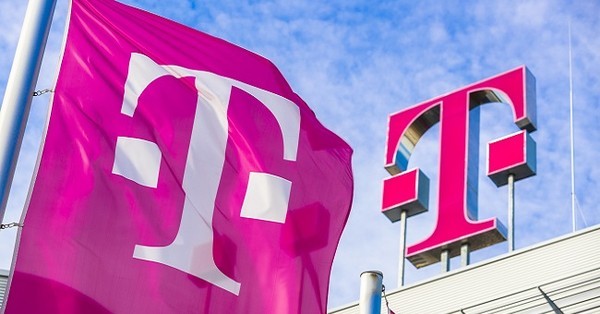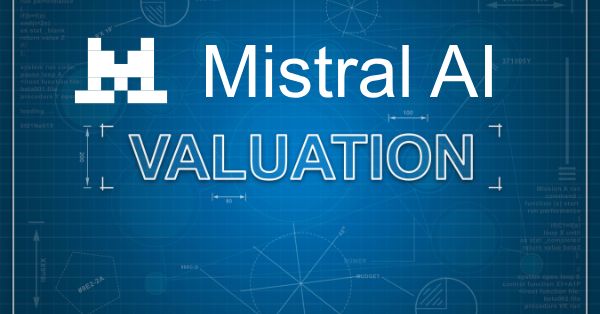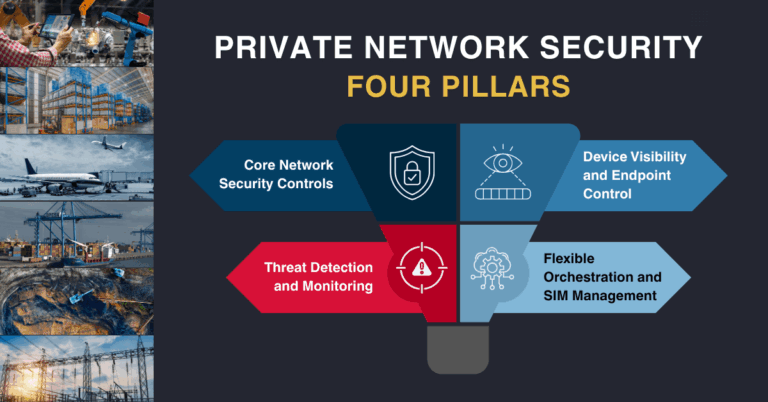- Tech News & Insight
- November 17, 2025
- Hema Kadia
Cisco’s intent to acquire Seattle-based NeuralFabric signals a decisive shift toward practical, domain-specific AI that meets real-world constraints around data, compliance, and infrastructure. Cisco plans to acquire NeuralFabric, an enterprise AI platform focused on building small language models (SLMs) from proprietary data with deployment across SaaS and on-premises environments. By focusing on SLMs trained on enterprise data and deployable in hybrid environments, Cisco aims to shorten time-to-value while keeping control where it belongs—inside the business. They reduce inference cost, improve latency, and can be deployed on-premises or at the edge—critical for sectors like telecom, financial services, and healthcare.
- AI, Assurance, Automation, RAN, Security
- Cisco, Cybersecurity, GDPR, GPU, Policy, SaaS, SLM, TM Forum
- HealthCare, Telecom






























